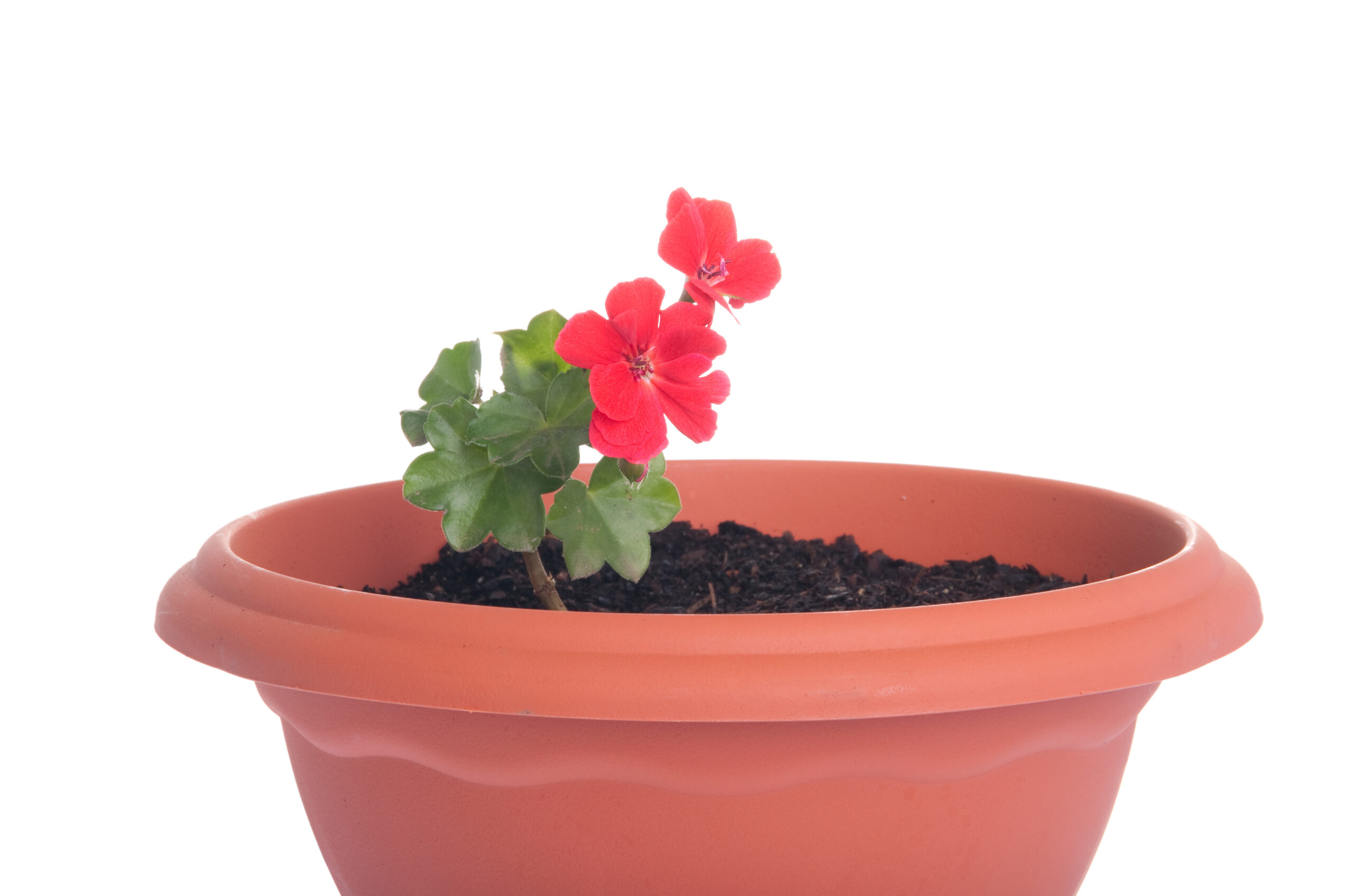In for the winter
Have you tender potted plants in your greenhouse for the winter?
You can’t just walk away from them until it’s time to put them out again. If you do, their survival depends on luck and you might not be lucky. You need to check them occasionally, and deal with any problems that arise.
As mentioned last month you should water plants under cover sparingly in the winter, but that doesn’t mean no water – it just means less. Plants still die of thirst in winter: they just take a bit longer to die. Water containers only if the surface of the compost is dry and no particles of compost stick to your fingertip. There’s no need to soak all the compost in a container, and keep the leaves and stems of the plants dry to prevent rotting. Plants that are flowering or actively growing need more water than dormant plants.
Water early in the day to leave maximum time for surfaces to dry off before dark. This helps to control grey mould and other fungus diseases, which thrive best in damp conditions. Removing dead leaves helps too.
The theory of watering sparingly is to keep tender plants slightly dehydrated. This concentrates their cell sap and lowers its freezing point, hopefully below the temperature of the air. If the sap in a cell froze the ice crystals forming in it would expand and burst the cell, so it could no longer function properly. The problem is that there’s a narrow margin between mild dehydration and permanent (irreversible) wilting. So check your plants often, but water little and seldom!
Check plants for whitefly, aphids and slugs, and deal with them promptly if they appear.





